Name Alfred Barr, | Role Author | |
 | ||
Died August 15, 1981, Salisbury, Connecticut, United States Books Cubism and abstract art, Picasso, fifty years of his art Similar People Dorothy Canning Miller, Henry‑Russell Hitchcock, Philip Johnson, Holger Cahill, Lewis Mumford | ||
Barry Bergdoll Book Talk: Partners in Design: Alfred H. Barr Jr. and Philip Johnson
Alfred Hamilton Barr Jr. (January 28, 1902 – August 15, 1981), known as Alfred H. Barr Jr., was an American art historian and the first director of the Museum of Modern Art in New York City. From that position, he was one of the most influential forces in the development of popular attitudes toward modern art; for example, his arranging of the blockbuster Van Gogh exhibition of 1935, in the words of author Bernice Kert, was "a precursor to the hold Van Gogh has to this day on the contemporary imagination."
Contents
- Barry Bergdoll Book Talk Partners in Design Alfred H Barr Jr and Philip Johnson
- La crtica que me interesa 6 Alfred H Barr Jr
- Early life and education
- Career
- Books
- Essays
- References
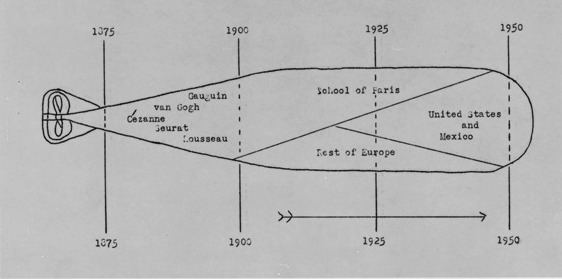
"La crítica que me interesa. 6. Alfred H. Barr Jr."
Early life and education

Barr graduated from the Boys' Latin School of Maryland. Barr received his B.A. in 1923 and his M.A. in 1924 from Princeton University, where he studied art history with Frank Jewett Mather and Charles Rufus Morey. In 1924, he began doctoral work at Harvard, but left after completing PhD course requirements to pursue teaching. He would not be awarded his PhD until 1946.
Career
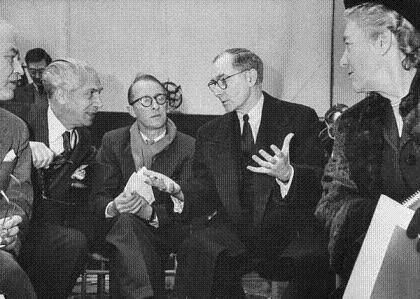
Barr was hired as an associate professor to teach art history at Wellesley College in 1926, where in the same year he offered the first-ever undergraduate course on modern art, "Tradition and Revolt in Modern Painting." This course was notable not only for the novelty of its subject-matter but also for its unconventional pedagogy: Barr referred to all nine students in the class as "faculty", making them each responsible for mastering and teaching some of the course content. Although, per its title, the course ostensibly focused on painting, Barr thought a broad understanding of culture was necessary to understand any individual artistic discipline, and accordingly, the class also studied design, architecture, film, sculpture, and photography. There was no required reading aside from Vanity Fair, The New Yorker, and The New Masses, and the numerous class trips were not to typical locations of art-historical interest. For example, on a trip to Cambridge, the class passed over the wealth of Harvard's museums to experience the "exquisite structural virtuosity", in Barr's words, of the Necco candy factory.
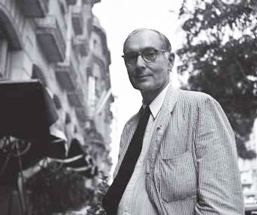
In 1929, Barr was awarded a Carnegie Fellowship, which he intended to use to complete the requirements for his PhD by writing a dissertation during the following academic year on modern art and Cubism at New York University. But greater ambitions obliged him to shelve that intention when Anson Conger Goodyear, acting on the recommendation of Paul J. Sachs, offered Barr the directorship of the newly founded Museum of Modern Art. Assuming the post in August 1929 aged only twenty-seven, Barr's achievements in it accumulated quickly; the Museum held its first loan exhibition in November, on the Post-Impressionists Van Gogh, Cézanne, Gauguin, and Seurat. Perhaps Barr's most memorable and enduring accomplishment in his directorial capacity was the Picasso retrospective of 1939–1940, which caused a reinterpretation of the artist's work and established the model for all future retrospectives at the Museum.
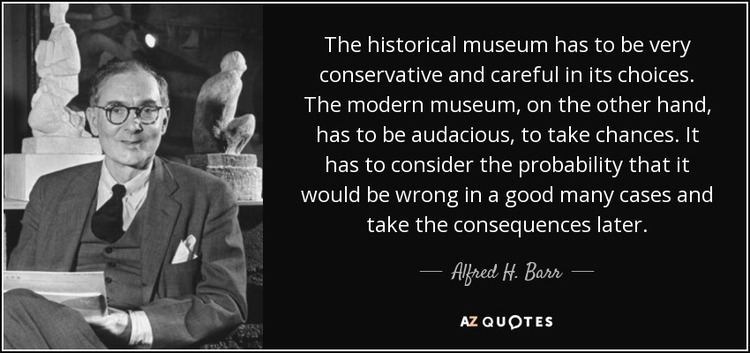
In 1930, Barr married Margaret Scolari, whom he met at the inaugural exhibition of MoMA in 1929.
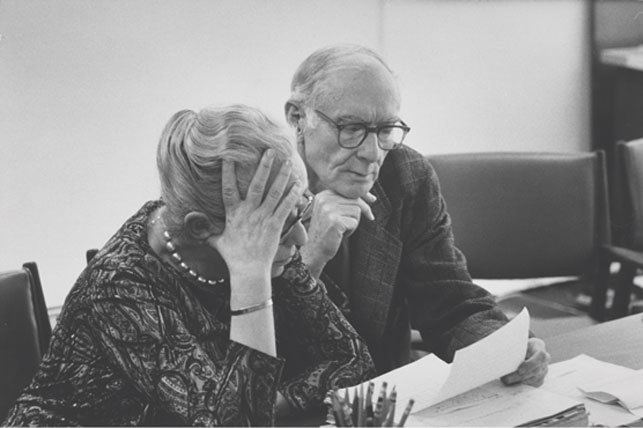
According to Sybil Gordon Kantor in her book Alfred H. Barr Jr. and the Intellectual Origins of the Museum of Modern Art, Frank Crowninshield art critic, journalist and editor of Vanity Fair, was one of Barr's mentors and one of the founding trustee members of the Museum of Modern Art along with several others.
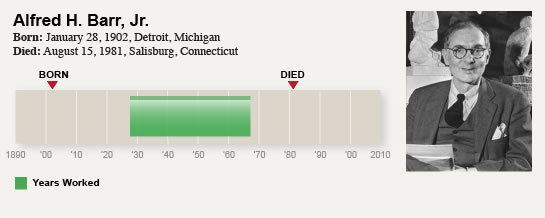
In 1943, Museum of Modern Art president Stephen Carlton Clark dismissed Barr as director of the Museum, though he was allowed to stay on as an advisory director (working with his successor Rene d'Harnoncourt); later Barr was given the title Director of Collections. By the time Barr left MoMA in 1968, modern art would be considered as legitimate an art-historical field of study as earlier eras such as the Renaissance. He was elected a Fellow of the American Academy of Arts and Sciences in 1952.

In recognition of Barr's legacy as an art historian and first director of MoMA, the College Art Association established the Alfred H. Barr Jr. Award for museum scholarship in 1980. The award is given annually to the author of an outstanding catalogue produced through a museum, library, or public or private collection.
